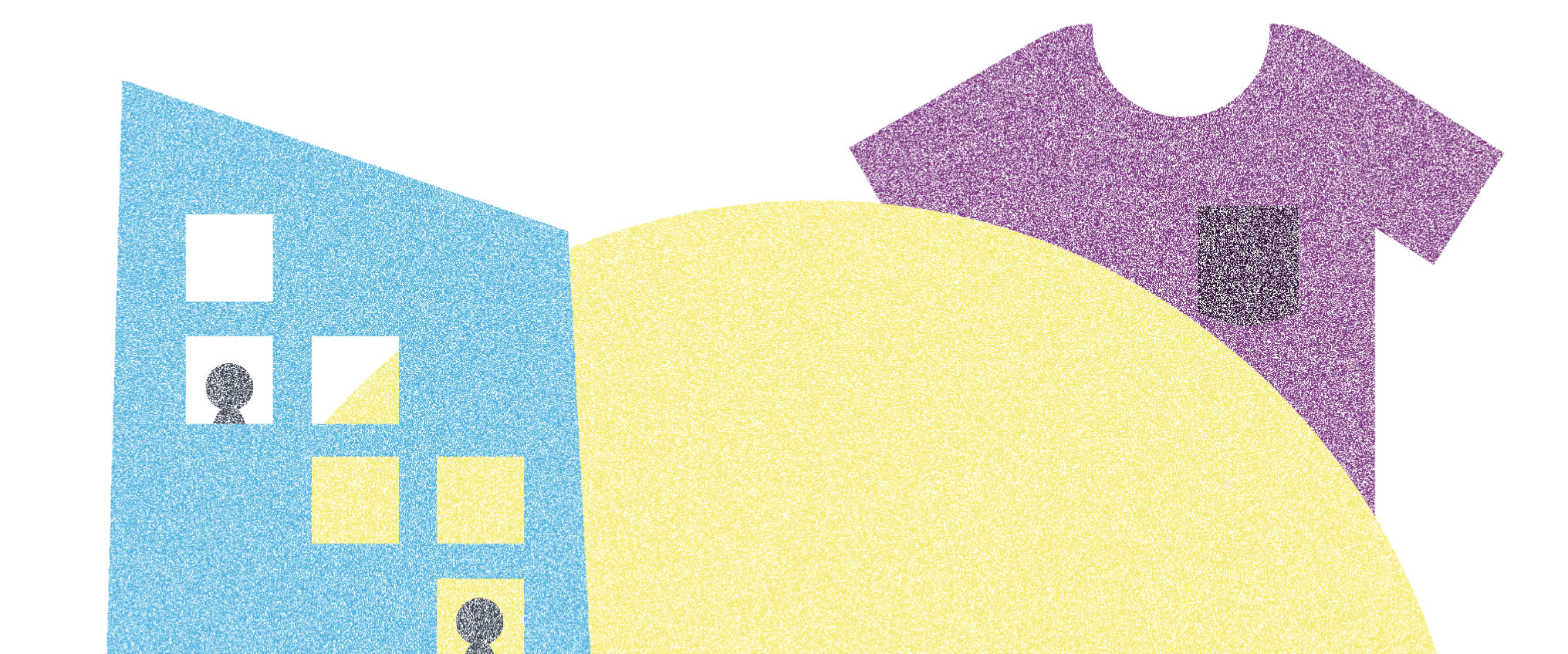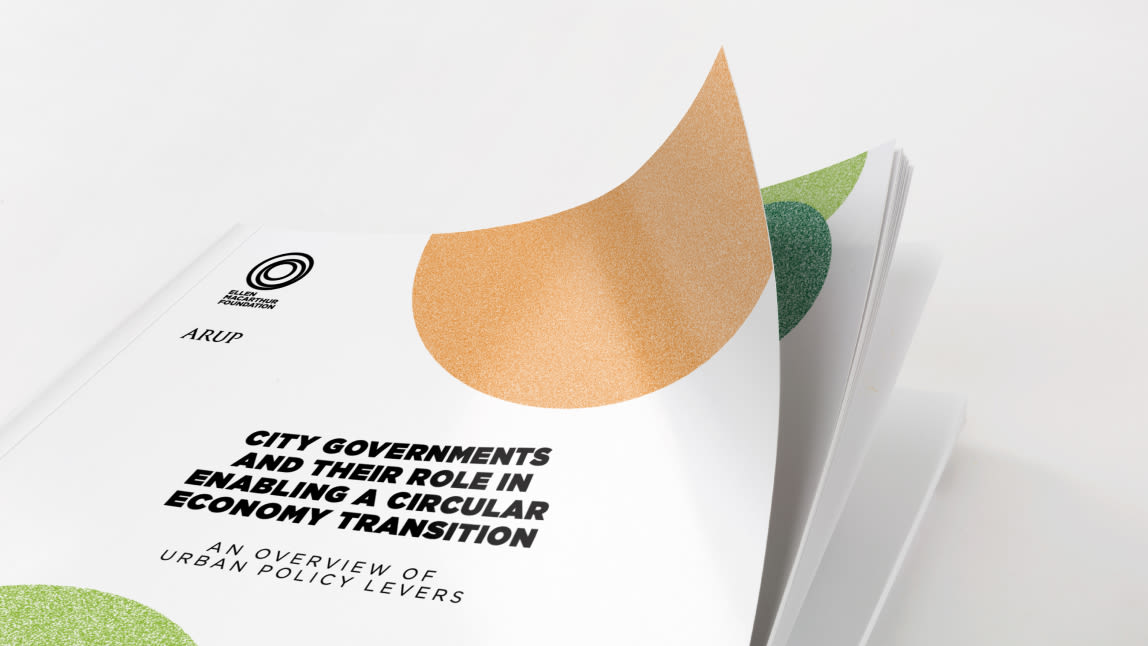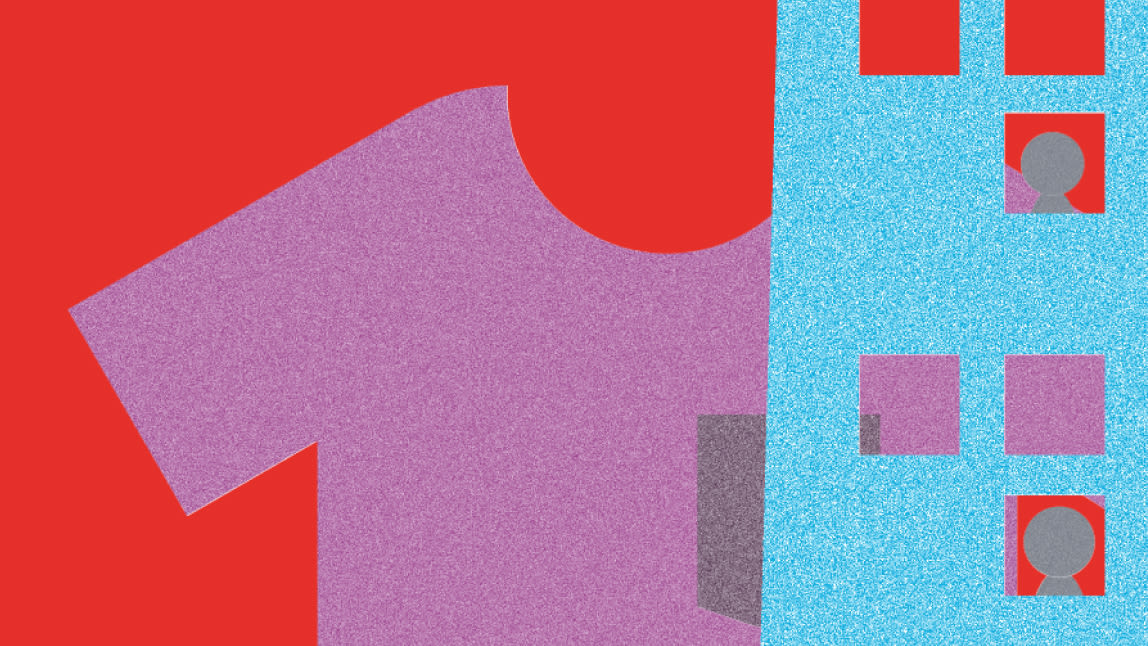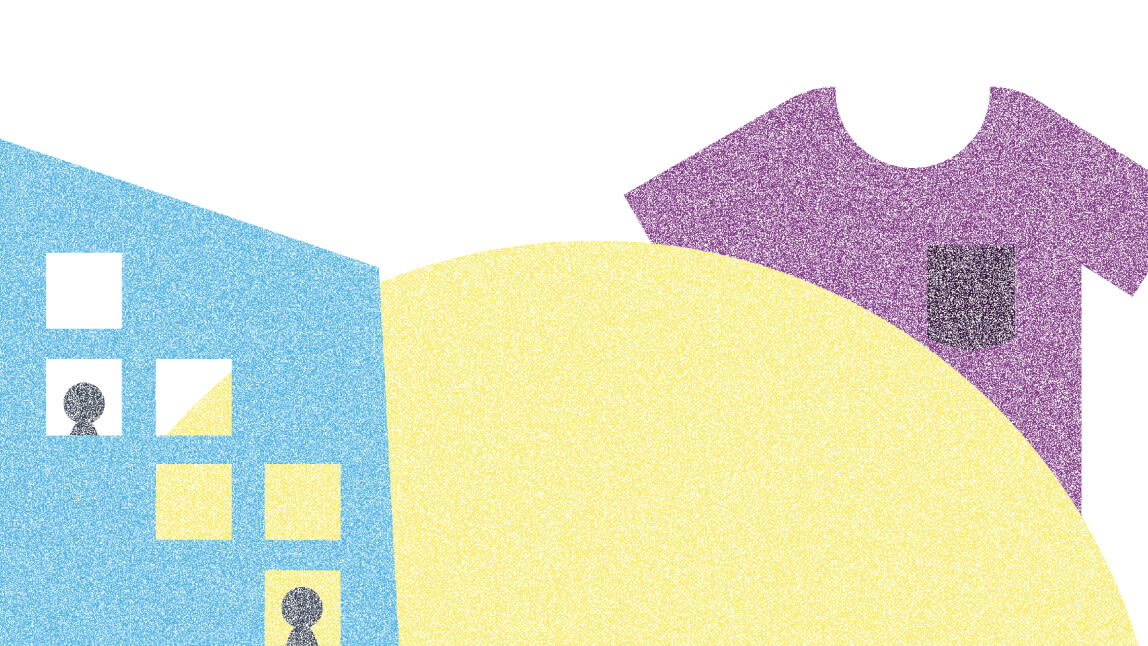What will the implementation of circular economy principles in cities look like?
Opportunities in buildings, mobility, and products
Planning in cities
In cities that embed circular economycircular economyA systems solution framework that tackles global challenges like climate change, biodiversity loss, waste, and pollution. It is based on three principles, driven by design: eliminate waste and pollution, circulate products and materials (at their highest value), and regenerate nature. principles, there is greater proximity between where people live, work, and play. The air gets cleaner as vehicles switch to zero-emission engines and congestion reduces as shared transit increases. More people walk and cycle to work, boosting health and interactions with local businesses and communities. Valuable land previously dedicated to roads and car parks is freed up for green spaces, commerce, offices, houses, and recreation. The layout and design of cities also changes the way materials and products move around them. Instead of throwing materials ‘away’ to landfill or incineration, a new distributed system of resource management, nutrient flows, and reverse logisticsreverse logisticsSupply chains dedicated to the reverse flow of products and materials for the purpose of maintenance, repair, reuse, refurbishment, remanufacture, recycling, or regenerating natural systems. makes the return, sorting, and reusereuseThe repeated use of a product or component for its intended purpose without significant modification. of products possible. Materials stay in use.
Designing in cities
In parallel to the urban plan, circular economy principles transform the design of elements within cities. Infrastructure, vehicles, buildings, and products are designed to be a combination of durable, adaptable, modular, and easy to maintainmaintainKeep a product in its existing state of quality, functionally and/or cosmetically, to guard against failure or decline. It is a practice that retains the highest value of a product by extending its use period. and repurpose. Nature inspires design. Materials are non-harmful, locally sourced - and from renewable feedstocks where appropriate, and can be composted, recycled, and reused. Renewable energyRenewable energyEnergy derived from resources that are not depleted on timescales relevant to the economy, i.e. not geological timescales. powers cities.
Making in cities
Buildings, vehicles, and products are assembled using techniques that design out waste. Local ingenuity and skill levels increase as focus is put on decentralised, distributed production within cities. Through digital material banks, the composition of buildings, vehicles, and products is known, enabling their repairrepairOperation by which a faulty or broken product or component is returned back to a usable state to fulfil its intended use. and reuse. Products and parts are created on-demand and on-site, transforming construction methods and storage needs.
Accessing in cities
People gain access to the things they need - be it space, products or transport - in new ways. This can be through sharingsharingThe use of a product by multiple users. It is a practice that retains the highest value of a product by extending its use period. rather than owning, which can connect people to their neighbours and communities, or through product-as-a-service contracts. Modular designs allow for the reconfiguration of buildings and vehicles as needs change.
Operating and maintaining in cities
Products are no longer used just once. People repair and refurbishrefurbishReturn a product to good working order. This can include repairing or replacing components, updating specifications, and improving cosmetic appearance. their products. These activities occur at the individual, community, and commercial level. Vehicles and infrastructure, from roads to street lights, are operated and maintained so that materials, energy, and water are used effectively and can be reused and recycled. Buildings are refurbished, improving how they are used and operated. New possibilities and jobs emerge. Cities that embed circular economy principles become more thriving, liveable, and resilient.





